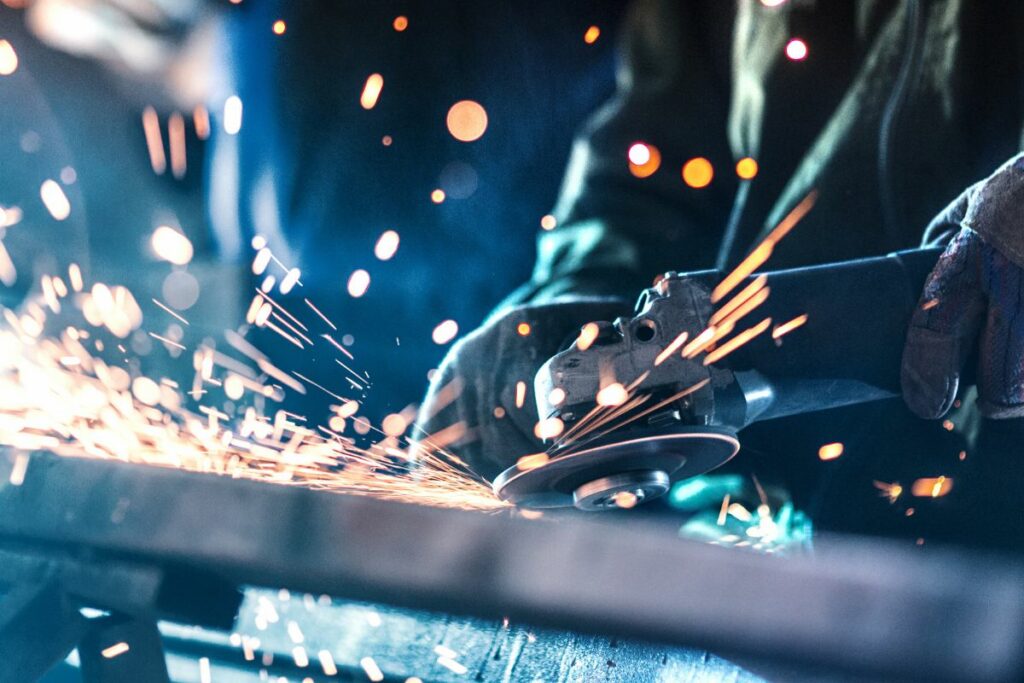
Exposure to extreme heat or cold can significantly affect your weld quality and performance. During winter, welders wear an extra layer of clothes to feel warm, which can restrict their movements and hinder them from manning the machines properly.
Not only does cold air affect welders, but it also causes welding machines to cool off more quickly than normal. In the same way, high temperatures can cause heat-related injuries among welders due to over-fatigue and heat stress.
Freezing temperatures can cause porosity in weld metal or the presence of breaking pores on the surface of the weld beads. As temperatures drop, water vapor in the air decreases thus, resulting in more moisture condensing on metal surfaces.
Under cold weather, welds are more susceptible to cracking and extreme warping. Low temperatures may increase the metal’s cooling rate, which will give inadequate weld penetration. To combat welding distortion or warpage, you can light up a torch to gently rise the steel’s temperature.
A portable tent shelter can help safeguard your weld zone from the outside environment. There are also reliable welding machine covers to keep snow, rain, and dust from entering the engine’s critical components. These can protect the machine from UV rays from overheating or destroying its parts.
Covering your weld zone may protect your machines from corrosion during the cold months. However, this only helps you for a matter of time since unheated sheds can store moisture in the air when the weather warms up after winter. The humidity in the air can cause your machine components to rust. Make sure to apply a thin layer of WD-40, a product used to remove grime and rust.
As soon as the temperature starts to warm, bring out your ungalvanized patch panels before welding in. Moisture is one of the destructive effects winter can leave on your machine. By using patch panels made of pure and corrosion-resistant iron, you can easily shape and weld.
These can also prevent rusting after applying seam sealer in overlapping joints.
Setting the correct parameters is crucial to prevent burn-through weld defects. When the welds travel too fast, it produces insufficient contact with hot air and inconsistencies in welding penetration. It can also cause poor arcs, excessive spatter, and wide weld beads.
Routine inspections should be implemented regularly to identify the quality of your welding components at any time or temperature. You must replace any cracked rods or electrical cables immediately. Monitoring any changes in weather can also mitigate the harmful effects of extreme heat or cold on your weld materials.
Cold weather not only causes extreme moisture but also thickens the machine’s oil. Not having enough viscosity can interrupt the flow of oil into the moving parts of your engine. During winter, make sure to use a lighter-weight oil to heat the engine efficiently.
While heat serves as a valuable factor to ensure the quality and efficiency of your welding performance, it also poses health risks among welders. Too much heat can cause metals to become brittle, and negative temperatures can cause your welds to fail. Thus, maintaining balanced temperatures can keep the workplace safe and machines running smoothly.